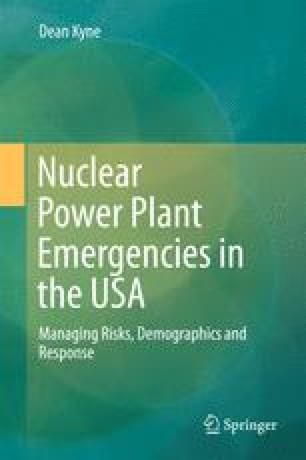

This was followed by a series of milestones in the 1950s: the first electricity produced from atomic energy at Idaho's Experimental Breeder Reactor I in 1951 the first nuclear power plant in the city of Obninsk in the former Soviet Union in 1954 and the first commercial nuclear power plant in Shippingport, Pennsylvania, in 1957.


Fermi led a team that in 1942 achieved the first nuclear chain reaction, under a stadium at the University of Chicago. The idea of nuclear power began in the 1930s, when physicist Enrico Fermi first showed that neutrons could split atoms. Other types of nuclear power reactors include gas-cooled reactors, which use carbon dioxide as the cooling agent and are used in the U.K., and fast neutron reactors, which are cooled by liquid sodium. most nuclear reactors are either boiling water reactors, in which the water is heated to the boiling point to release steam, or pressurized water reactors, in which the pressurized water does not boil but funnels heat to a secondary water supply for steam generation. A byproduct of nuclear reactions, plutonium, can also be used as nuclear fuel. That collision-called nuclear fission-releases more neutrons that react with more atoms, creating a chain reaction. In a nuclear reactor, neutrons-subatomic particles that have no electric charge-collide with atoms, causing them to split. Mined uranium is processed into U-235, an enriched version used as fuel in nuclear reactors because its atoms can be split apart easily. The most common fuel for nuclear power is uranium, an abundant metal found throughout the world. The countries generating the most nuclear power are, in order, the United States, France, China, Russia, and South Korea. The resulting steam spins a turbine connected to a generator, producing electricity.Ībout 450 nuclear reactors provide about 11 percent of the world's electricity. This process, nuclear fission, generates heat that is directed to a cooling agent-usually water. Nuclear power is generated by splitting atoms to release the energy held at the core, or nucleus, of those atoms.


 0 kommentar(er)
0 kommentar(er)
